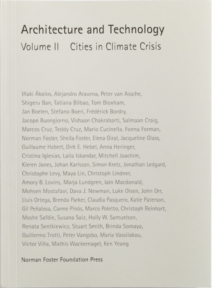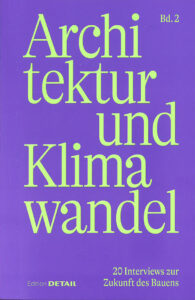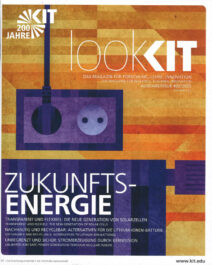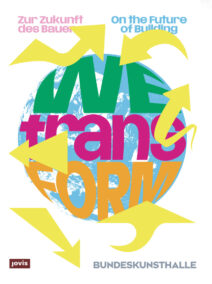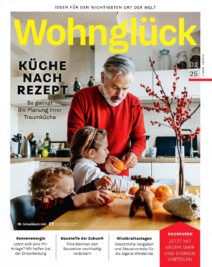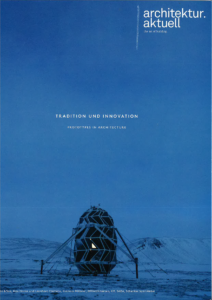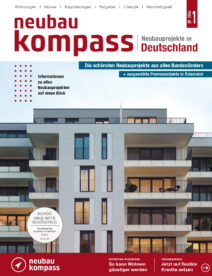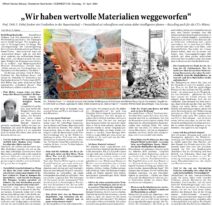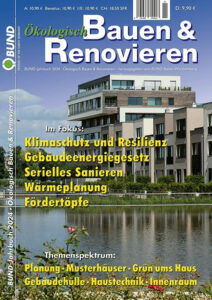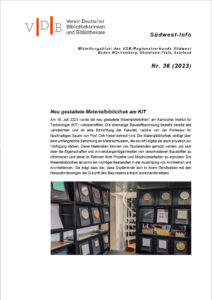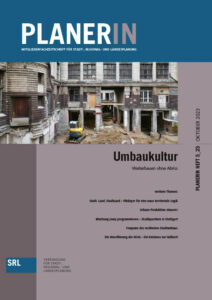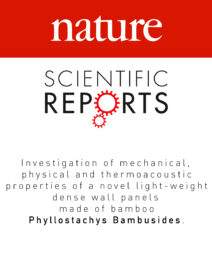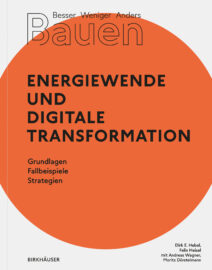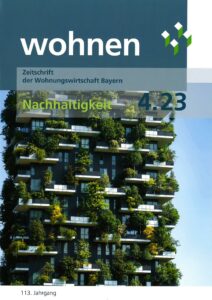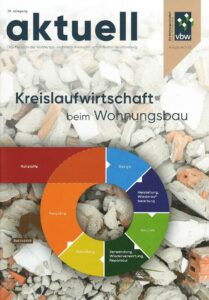CNN: FCL Singapore developes ideas to steal from

Future Cities: Singapore focuses on the exceptionally forward-looking urban approach of the island nation to learn about the challenges of planning for future generations.
(CNN) Singapore is small, hot and heavily populated — the 5.5 million residents of the tropical city-state live in less than 750 square kilometres of land. And population is expected to reach 6.9 million by 2030. Despite these challenges, Singapore continues to be amongst the most liveable and economically successful cities in the word, with a GDP equaling that of leading European countries. With more than 50% of the world’s population living in cities already (a figure projected to reach 70% by 2050), Singapore — where everyone is a city dweller — is setting trends for rapidly urbanizing countries worldwide. …
With high-density living comes high-density waste. But Singapore has been organized with its refuse management systems, not only by collecting it efficiently but even employing it to make more land. “They don’t have the space to store waste,” says Dirk Hebel, from the Future Cities Laboratory at the Singapore-ETH Centre for Global Environmental Sustainability. …
Due to its close proximity to the equator, Singapore’s climate is hot and humid, with temperatures averaging above 30 degrees Celsius and little variation throughout the year. The built-up nature of the city increases temperatures further through the ‘heat island’ effect — caused by buildings blocking air flow, transport emissions and long-wave radiation heating up the island nation. As a result, a lot of the city’s energy expenditure goes towards cooling people down. “Up to 60% of Singapore’s electricity is for buildings,” says Arno Schlüter, Professor of Architecture and building systems, also with the Future Cities Laboratory. Most buildings use electricity to cool-down and dehumidify public and work spaces. “Singapore is a noisy city due to all the [cooling] units on the wall,” says Schlüter.

